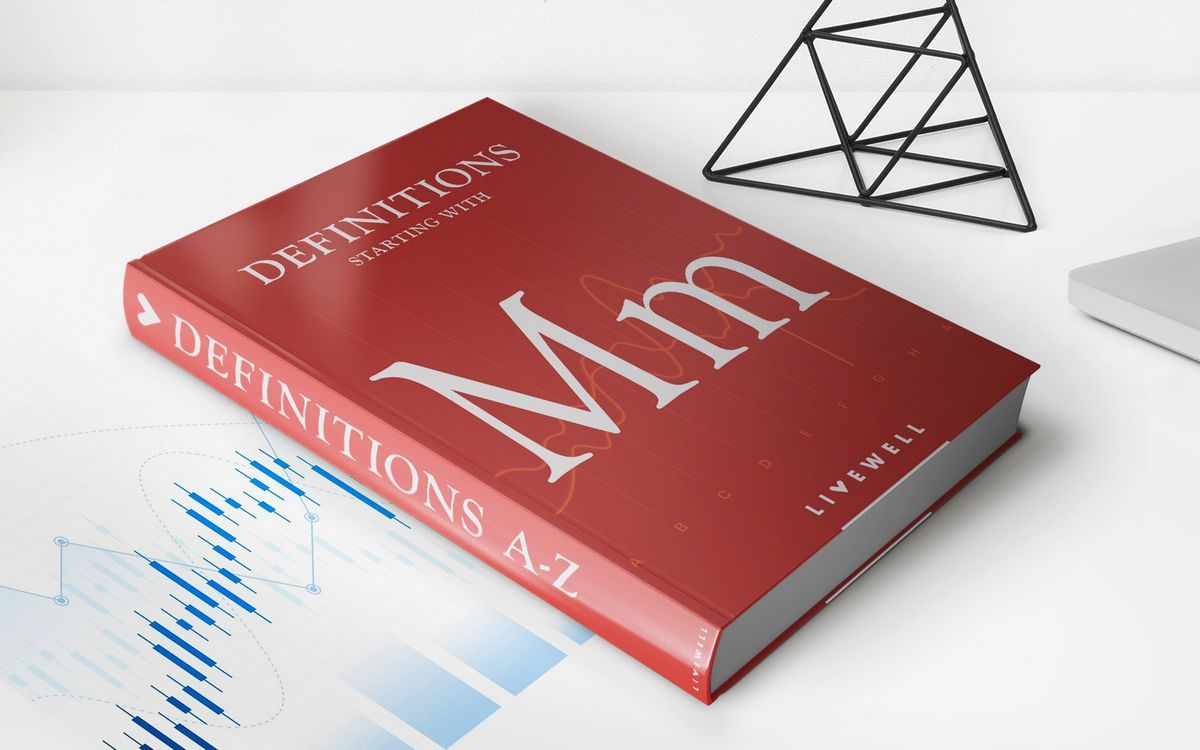Monopolistic Competition Definition How it Works Pros and Cons

Monopolistic Competition: Definition, How it Works, Pros and Cons
What Is Monopolistic Competition?
Monopolistic competition occurs when many companies offer products that are similar but not identical. Firms in monopolistic competition differentiate their products through pricing and marketing strategies. Barriers to entry, or the costs or other obstacles that prevent new competitors from entering an industry, are low in monopolistic competition.
Understanding Monopolistic Competition
Monopolistic competition exists between a monopoly and perfect competition, combines elements of each, and includes companies with similar, but not identical, product offerings. Restaurants, hair salons, household items, and clothing are examples of industries with monopolistic competition. Companies often use distinct marketing strategies and branding to distinguish their products.
Characteristics of Monopolistic Competition
Low Barriers to Entry
In monopolistic competition, multiple companies can enter the market and compete for a share. Companies do not need to consider how their decisions influence competitors.
Product Differentiation
Competing companies differentiate their products with marketing strategies, brand names, and quality levels.
Pricing
Companies in monopolistic competition act as price makers and set prices for goods and services. They can raise or lower prices without inciting a price war.
Demand Elasticity
Demand is highly elastic in monopolistic competition and very responsive to price changes.
Advantages and Disadvantages of Monopolistic Competition
Advantages:
– Few barriers to entry for new companies
– Variety of choices for consumers
– Company decision-making power for prices and marketing
– Consistent quality of product for consumers
Disadvantages:
– Limits access to economies of scale for many competitors
– Inefficient company spending on marketing, packaging, and advertising
– Extra research for consumers due to many choices
– Misleading advertising or imperfect information for consumers
Difference Between Monopolistic Competition and Perfect Competition
In perfect competition, competitors offer the same product. In monopolistic competition, products are similar but distinct, and pricing is determined by the companies. Demand is highly elastic, and any change in pricing can cause demand to shift.
How Does Monopolistic Competition Function in the Short Term and Long Term?
Companies aim to maximize profit or minimize losses by producing where marginal revenue equals marginal cost. New firms enter the market when existing firms are making a profit, and some firms exit the market when incurring a loss. The market reaches equilibrium when all firms make zero profit.
Industry Example of Monopolistic Competition
Restaurants like Burger King and McDonald’s are examples of monopolistic competition. Both actively compete by differentiating themselves through brand recognition, pricing, and offering different food and drink packages.
Difference Between Monopolistic Competition and a Monopoly
A monopoly dominates an industry and can set prices without competition. Monopolistic competitive companies must compete with others and provide a range of choices for consumers. Monopolistic competition is more common than monopolies.
The Bottom Line
Monopolistic competition exists when many companies offer competitive products or services that are similar, but not exact, substitutes. Hair salons and clothing are examples of industries with monopolistic competition. Pricing and marketing are key strategies for competing companies.



